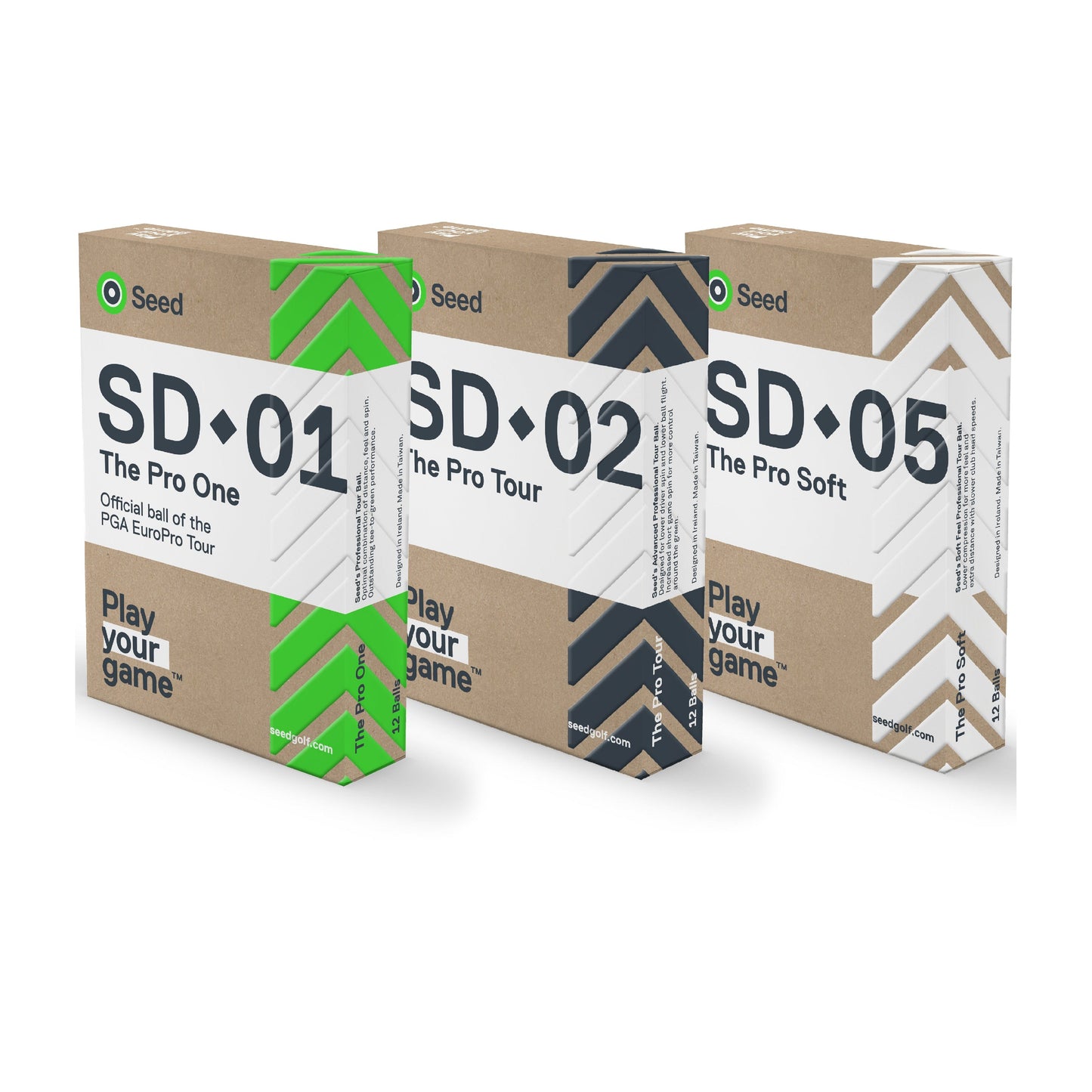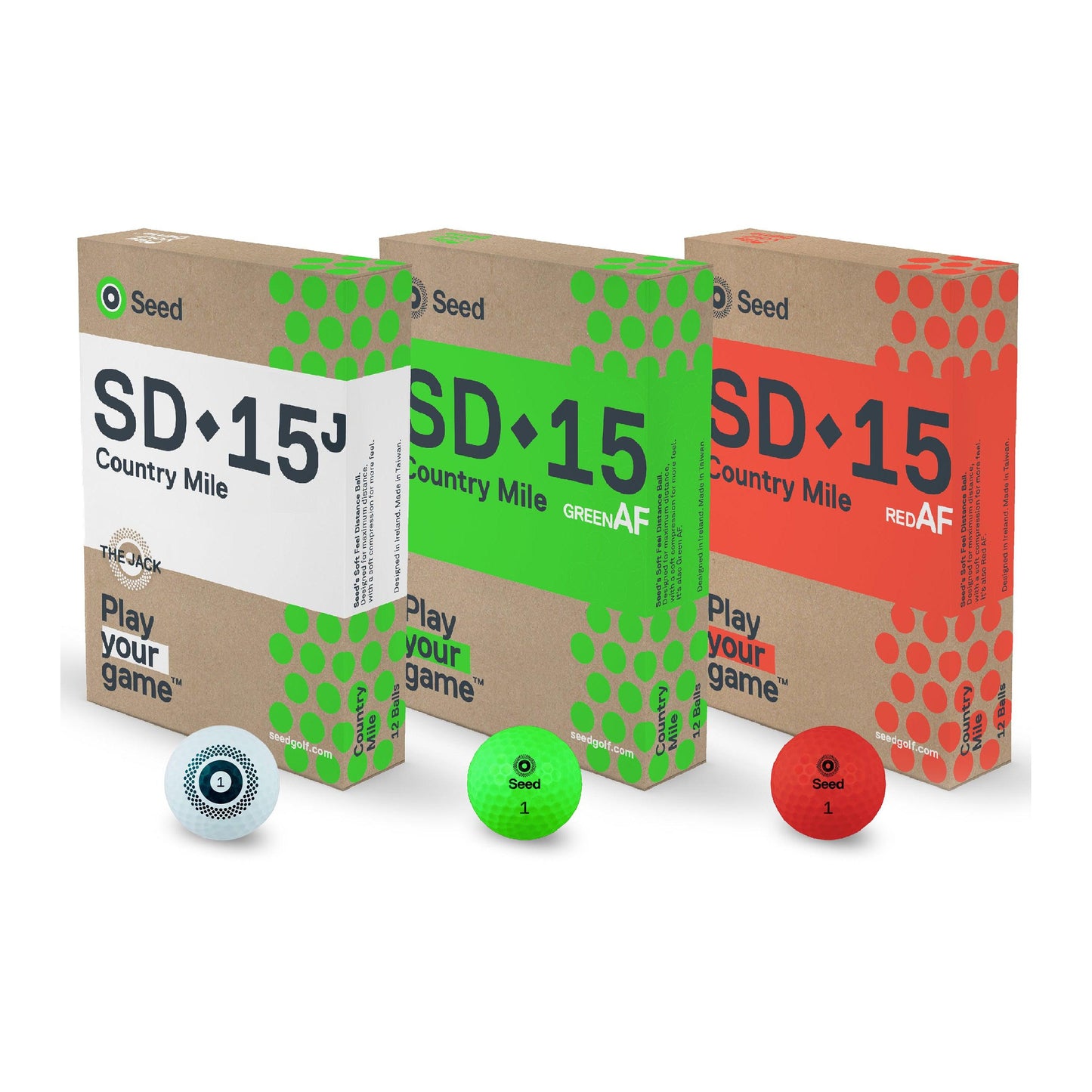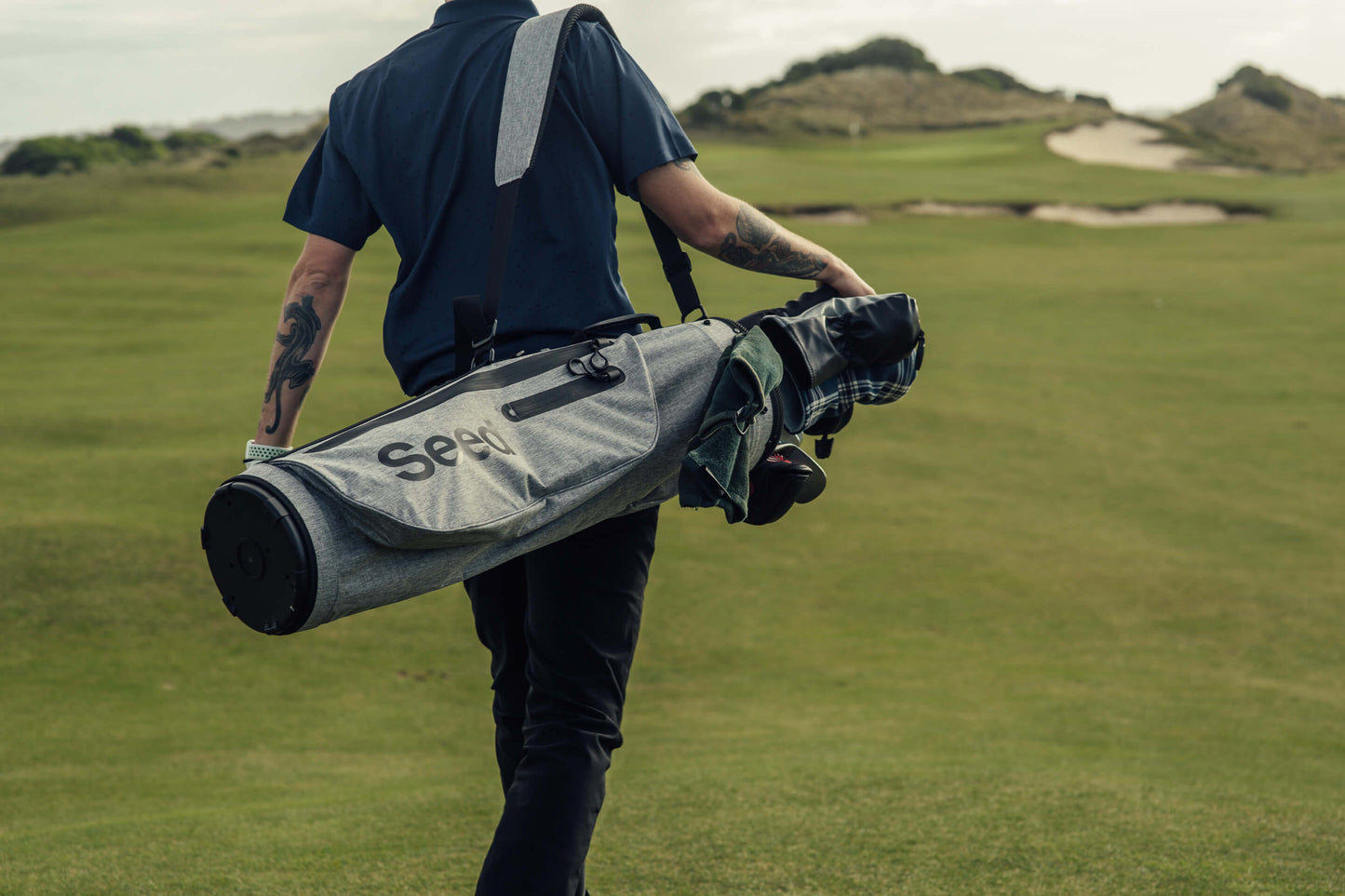
We were playing in Australia over the New Year break, and it was very noticeable how much further the Seed’s fly in 35* heat as opposed to the 5* we left here in Ireland.
‘I’m crushing it!” or so I thought.
There’s a good reason for that change though, and it’s not due to a sudden rediscovery of my swing (it’s science, actually).
Cold weather affects golf balls due to the coefficient of thermal expansion. You may need a Ph.D. to fully understand the in’s and out’s of all this, but the short version is that materials expand or contract at various temperatures, and that affects their properties (and therefore performance).
A chill in the air affects the ball after it is struck. Cold air is denser than warm air and increases both the lift and drag forces acting on the ball, which means you’ll hit it slightly higher and shorter than normal . Our testing shows the difference is about two to three yards of carry for every 10 degrees change in temperature. Going by our calculations, you’re looking at a loss of six yards if you’re playing in the below 5* temps we get here in winter, as opposed to 20* of summer… basically the difference between finding the green on the first hole or finding yourself short in the bunker.
When a golf ball gets cool, it’ll lose a few mph in ball speed, and that means a distance loss. The optimum temperature range is somewhere between 20 to 30* which means, in Ireland or the UK, we play at less than optimum temps for a good part of the year. At 5* or below temps the ball can slow down and lose about 5 to 10 yards but it does take a while for the ball to drop down to 5*… so our advice is keep those baby’s warm.
We’d also recommend storing your balls inside, rather than in the boot of the car where the temperature will drop to well below room temperature (and no, don’t put them in the microwave)
It’s also one of golf’s great myths that you should switch to a lower compression golf ball in winter. The theory goes that the lower compression ball will offset the increase in compression that occurs when a ball gets colder. If you play with balls that are at near room temperature as we suggest, this is largely irrelevant.
A quick check of the Decisions on the Rules of Golf reveals this is all A.O.K. Decision 14-3/13.5 essentially states that while golf balls warmed during a round are a breach of Rule 14-3, balls warmed prior to a round are good-to-go.
So there you go. Keep your balls warm!




